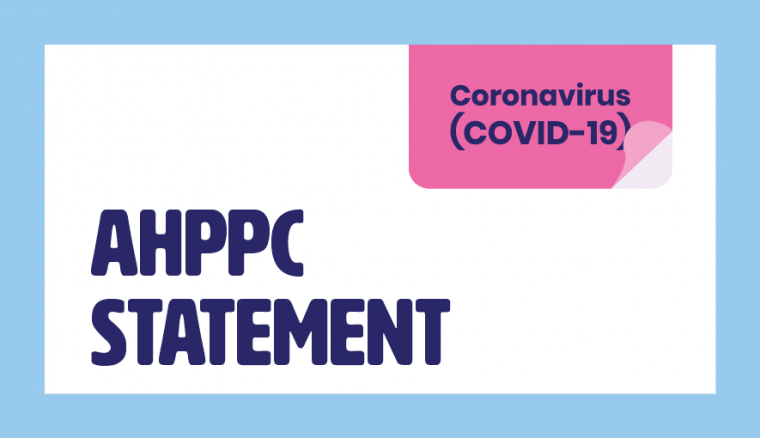
The AHPPC has been asked to consider the issue of COVID-19 in children and management of Early Childhood and Learning Centres (ECLC) in relation to the community transmission of COVID‑19.
Emerging epidemiologic reports on COVID-19 in children show that, while they are less likely than adults to be infected and have severe illness, they are still vulnerable to the pandemic coronavirus.The Committee’s advice is that pre‑emptive closures are not proportionate or effective as a public health intervention to prevent community transmission of COVID-19 at this time.
Epidemiology
The European CDC published a summary of the latest evidence on 25 March 2020.[1] The data showed that children made up a very small proportion of the 50,068 cases reported as of 24 March (with known age (
There continues to be limited information on the contribution of children to transmission of COVID-19. The WHO-China Joint Mission also noted the primary role of household transmission and observed that children tended to be infected by adults in the household. In China, 2.4% of total reported cases were under the age of 19 years. Worldwide, of those cases under 19 years of age, very few were severe or critical.[2]
The clinical picture in paediatric patients infected with SARS-CoV-2 contrasts distinctly with the severity pattern observed with other respiratory viruses, where young children are particularly at risk of severe disease.[3]
The health evidence on school closures from previous respiratory epidemics remains that the costs are often underestimated and the benefits are overestimated. The best available modelling supports the hypothesis that children are infected but relatively asymptomatic. If we assume that asymptomatic people are less likely to transmit, the modelling indicates that school closures will have minimal impact on the overall epidemiology of COVID-19 in the Australian setting.[4]
Recommendations
AHPPC considers ECLC are essential services and should continue at this time, but with risk mitigation measures in place. These should include:
- exclusion of unwell staff, children and visitors
- reduce mixing of children by separating cohorts (including the staggering of meal and play times)
- enhanced personal hygiene for children, staff and parents
- make sure liquid soap and running water, or alcohol-based hand sanitiser is available at the entrance of the facility and throughout
- full adherence to the NHMRC childcare cleaning guidelines, in addition:
- clean and disinfect high-touch surfaces at least daily (e.g. play gyms, tables, hard-backed chairs, doorknobs, light switches, remotes, handles, desks, toilets, sinks)
- wash and launder play items and toys including washable plush toys as appropriate in accordance with the manufacturer’s instructions. If possible, launder items using the warmest appropriate water setting for the items and dry items completely
- excursions other than to local parks should be discouraged, public playground equipment should not be used
- influenza vaccination for children, staff and parents.
Alternative care arrangements should be considered for those children highly vulnerable to adverse outcomes should they be infected with COVID-19. AHPPC recommends parents seek medical advice for these children.
Restrictions on entry into ECLC
The following visitors and staff (including visiting workers) should not be permitted to enter the facility:
- Those who have returned from overseas in the last 14 days.
- Those who have been in contact with a confirmed case of COVID-19 in the last 14 days.
- A contact is defined as anyone who has been in contact with a known case, including the 24 hours before the case became symptomatic.
- Those with fever or symptoms of acute respiratory infection (e.g. cough, sore throat, runny nose, shortness of breath) symptoms.
- Those who have not been vaccinated against influenza (after 1 May 2020).
There has been an absence of outbreaks in ECLC globally, however there is clear evidence that children are susceptible to SARS-CoV-2 infection. The role that children play in transmission and amplification of COVID-19 remains largely unknown and AHPPC will continue to closely monitor the evidence as it emerges to inform public health policy.
[1] Coronavirus disease 2019 (COVID-19) pandemic: increased transmission in the EU/EEA and the UK – seventh update, 25 March 2020. Stockholm: ECDC; 2020. Available Online:
[2] Report of the WHO-China Joint Mission on Coronavirus Disease 2019 (COVID-19) 16-24 February 2020. Available online:
[3] Qiu H, Wu J, Hong L, Luo Y, Song Q & Chen D. Clinical and epidemiological features of 36 children with coronavirus disease 2019 (COVID-19) in Zhejiang, China: an observational cohort study. Lancet Infect Dis. 25 March 2020. doi: 10.1016/S1473-3099(20)30198-5. [Epub ahead of print] Available online:
[4] Imperial College London. Report 13: Estimating the number of infections and the impact of non-pharmaceutical interventions on COVID-19 in 11 European countries. 30 March 2020. Available online:





